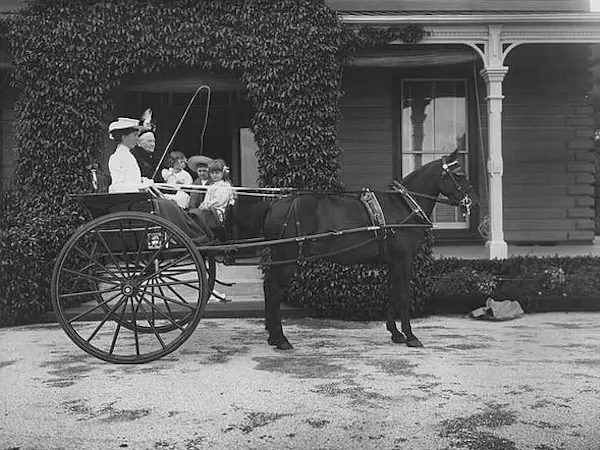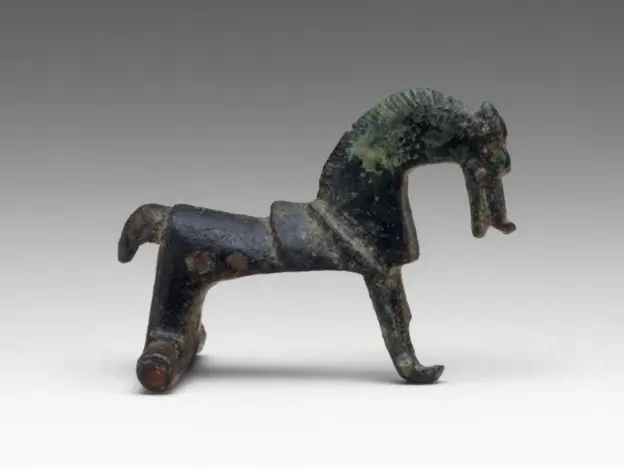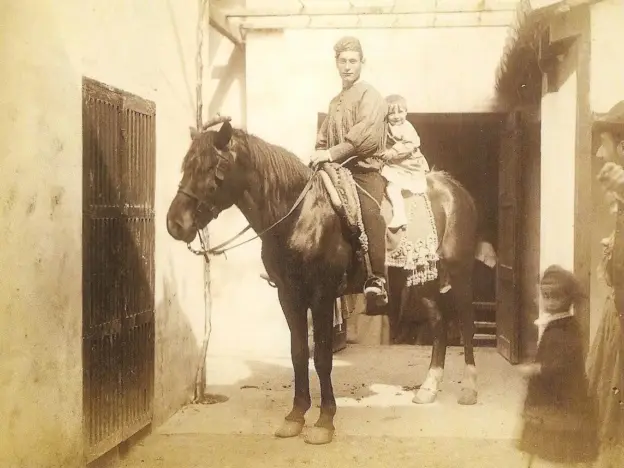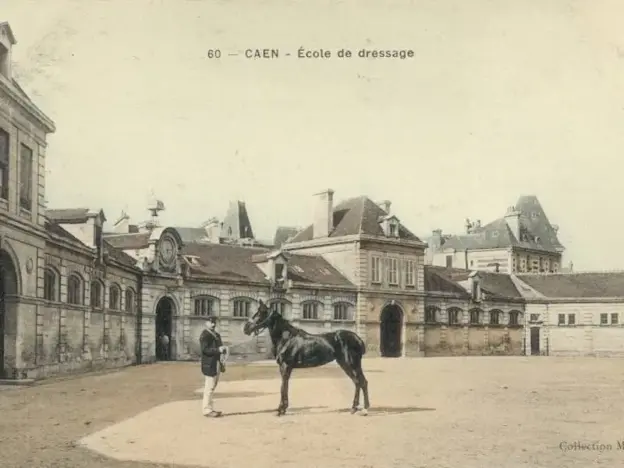Intro
Almost every European country has a trotter (or two) and as it turns out, they transferred their love of trotting to countries throughout Latin America.
Read more

Almost every European country has a trotter (or two) and as it turns out, they transferred their love of trotting to countries throughout Latin America.
Read more

The Cuban Pie horse is not an official breed and is perhaps considered a strain of the Cuban Pinto. This type has very specific base coat coloring.
Read more

The Covert Hack, or Great Hack Horse is not an official breed, but rather the largest variety of Hackney Horse, often traditionally used for hunting.
Read more

This handsome pony was only bred in New Zealand, using a foundation of Carlyon Pony mares crossed with two Welsh stallions called Kinarth Caesar and Comet. Given the breed’s name, Comet was likely to have sired the best offspring.
Read more

The Shuwayman or Chouwayman horse is not an official breed, but rather a pure strain of Arabian horse bred in Saudi Arabia and Yemen.
Read more

There are a number of pony breeds which can be called Celtic, most of them are related to one another on some level. The original was a wild horse found on the British Isles and parts of Western Europe, which as the name suggests, was probably domesticated by the Celts
Read more

Now extinct, the Catalan horse is an ancestor of today’s Catalan Pyrenean horse. This was a breed of saddle horse that was bred specifically in Catalonia, from where they get their name.
Read more


There are many legendary European harness breeds, so it is notable for one to stand out amongst the crows. It seems the Black Coach Horse of Cotentin was in demand throughout Europe. In part appreciated for their uniquely black coat.
Read more

The Bidet of Morvan or Bidet du Morvan is not an official breed. The term Bidet with regards to horses in France is a very old one, but today the term generally means country bred.
Read more